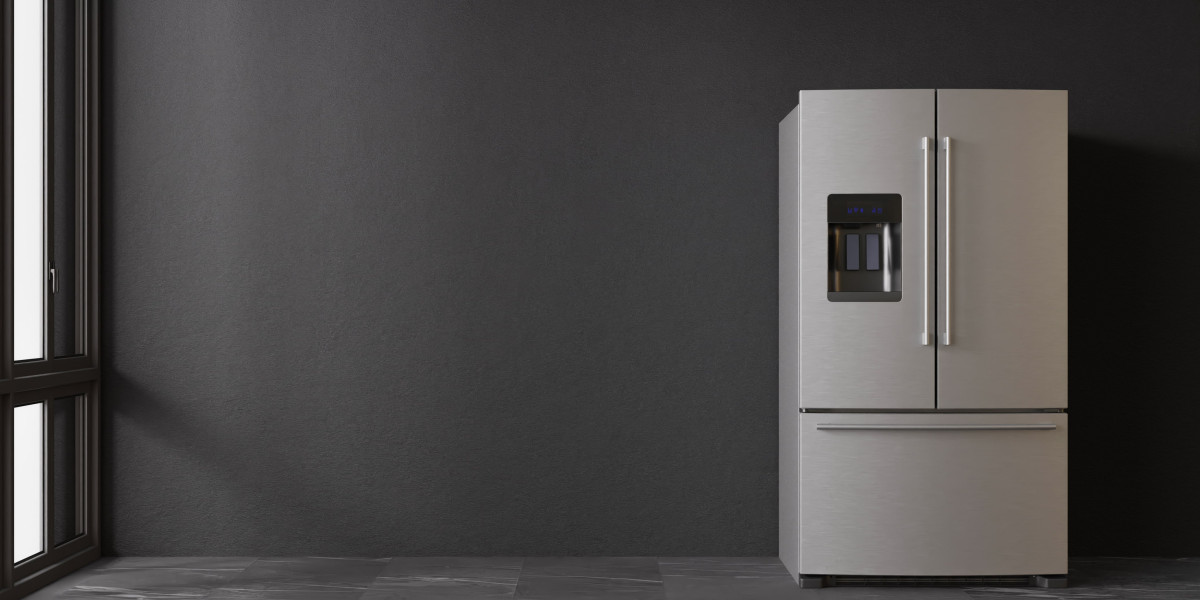How to Choose Senior Mobility Scooters
Many seniors find mobility scooters be a useful aid. They are designed to provide a comfortable ride over short distances, and allow the user to accomplish tasks that would be impossible with a walker, or wheelchair.
Certain models can be used indoors While others are designed to be used on the sidewalk or the road. The model you pick will depend on your personal requirements.
Seat Height
Seat height is an important factor when choosing the best mobility scooter. A seat with a high height will allow the user to drive comfortably while maintaining a straight posture. Low seat heights can be uncomfortable and restrict the range of motion. Choose a model that has an adjustable height for the seat to avoid this problem.
When selecting a mobility scooter, it is crucial to take into consideration the weight capacity. The weight of the scooter can affect the ease with which it can move and operate, particularly in tight spaces and crowded spaces. Also the dimensions of the scooter will determine how well it will fit in storage areas as well as the trunk of cars. It's a good idea to carefully measure the dimensions of any potential storage space and vehicle to ensure that the scooter can fit comfortably.
The wheel size and the type of a mobility scooter may also affect the ground clearance. Larger wheels with pneumatic tires offer an easier ride over bumps and uneven surfaces. If the scooter will be mostly outdoors it is recommended that the user choose a four-wheeled scooter with a large clearance to the ground. This will make it easier to travel over curbs and thresholds.
A lot of mobility scooters have an additional seat in the rear that can be placed underneath the main seat when it is not being used. This lets you travel with a friend and can be useful for shopping bags and pets. The seat can be adjusted for the height and width and most models come with a secure adjustment mechanism. This is a great option for those with little space. However, it is important to keep in mind that an extra seat isn't as comfortable than your main seat.
Armrests
The armrests on a mobility chair for seniors should be positioned so that they do not interfere with the ability of the user to use their hands. They should also be comfortable and easy to adjust. The most comfortable mobility scooters come with adjustable armrests that can be moved further or closer away from the seat so that the user can position them just right for their body and requirements.
There are a variety of armrests that are available, each with its own benefits and drawbacks. One type is a single-post, that has a vertical tube which is inserted into the side frame of the chair. This provides a bit more space, but is less stable than the dual post option. Another option is the flip down, which is attached to the back uprights of the chair and can be removed when not in use. This type of chair provides greater stability, but it may be uncomfortable for certain individuals due to the need for users to raise their shoulders, which could cause them to lean forward in a slightly uncomfortable position.
There are many accessories that you can purchase to enhance your ride. These include baskets, cup holders oxygen tank holders, arm bags and more. Baskets cup holders, baskets, and oxygen tank holders are only some of the accessories available. These are usually easily removed and replaced, allowing you to personalize your mobility scooter according to your preferences.
Buying a mobility scooter does not have to be an expensive purchase. We have a variety of financing options like Klarna, Shop Pay and other payment plans that allow you the flexibility to spread your purchase over a period of time. To begin, Www.mymobilityscooters.uk add your desired products to your shopping cart and choose your preferred payment method at checkout.
Handlebars
For people who have been restricted by mobility issues from walking for long distances or have a limited range of motion in their upper bodies, a mobility scooter could be the solution. In contrast to a walker or wheelchair it is designed to be driven by a tiller or a steering wheel in the middle of the device. The tiller resembles the steering wheel of a bicycle, but is smaller and has handles on the sides that work to control forward and reverse movements.
In addition to the tiller, a lot of scooters have accelerator levers either side of the steering column. These levers are located near the tiller. They work similarly to bike controls. They are pulled towards you to move forward, and push them away to move in reverse. It is recommended to test drive the scooter to ensure you're able to access the controls using your hands, and have the strength and dexterity required to operate them without pain or discomfort.
You should also consider the distance you'll need to travel frequently. You'll need to choose a scooter that is spacious enough for your typical cargo like a bag of groceries or personal items like keys to your house and wallet. Some scooters have a compartment behind the seat or beneath the deck for storage, but others may require additional accessories to accommodate this kind of cargo.
Before you buy a scooter you should consider the pros and cons. You should also speak to your healthcare provider about whether a scooter will be suitable for you. They'll be able give you unbiased advice on the device and assist you determine if it's an appropriate option for your requirements.
Tires
The tires on mobility scooters play a significant role in the comfort of the ride. The tires also serve as a safety feature. Tires that are worn or damaged can begin to deflate. This could be hazardous, both for you and those who ride with you. The good thing is that there are a lot of different types of tires available. There are pneumatic tires, solid tires and foam-filled tires, so you can choose the best one for your needs.
Pneumatic or air tires offer the most comfortable ride and are able to provide good shock absorption, making them perfect for outdoor use. Tubeless tires are available, along with inner tubes that can be patched in case of a puncture. Urethane or solid tires are more durable and resistant to flats. They also have a higher pressure. They don't provide the same level of comfort as air-filled tires.
Foam-filled tires are a good compromise in between pneumatic and solid tires. They're usually composed of a mixture of rubber and urethane and require no maintenance. They're also less expensive than pneumatic tires, however they don't provide the same cushioning or shock absorption.
Mobility scooters are a great option for seniors who require assistance getting around but don't want to give up their independence. They can allow you to shop or take a day trip or visit your friends. It is important to know the specifications you require and the manner in which your loved one will use the scooter to ensure that it's a good fit. Examine the turning radius of the model you choose. This can impact its maneuverability, and how it is easy for your loved one to run the errands or visit with friends.
Battery
The battery of a mobility scooter has significant impact on the overall time of its use. Certain types of batteries are more durable than others. However, regular maintenance and adhering to specific charging guidelines is crucial for all kinds of batteries to maximize their lifespan.
Most senior mobility scooters operate on lithium-ion or lead acid batteries. Lead-acid batteries produce power through an electrolyte made of sulfuric acid, whereas a lithium-ion batteries have a lighter weight, with a longer lasting. Both battery types may experience a reduction in performance when exposed conditions like extreme temperatures and extreme cold.
Consider how far you want to travel per charge and if you'll be driving over rough terrain or steep hills. If you plan on traveling long distances, choose one with a larger capacity battery to ensure your journeys will be safe and comfortable.
While a longer battery lifespan isn't a necessity, most older adults prefer the greater feeling of independence that it brings. If you're concerned about running out of battery you can also make use of the many public charging station that are available across the country.
Most scooters require between 4 and 12 hours to reach full charge, based on the model and type of battery. Avoid charging your battery for more than 12 consecutive hours and only charge it when the indicator is at its lowest level. Also, if the battery is new you'll need to 'break it in' by charging it after each use for the first 15 to 20 times. This will help make it more efficient.







